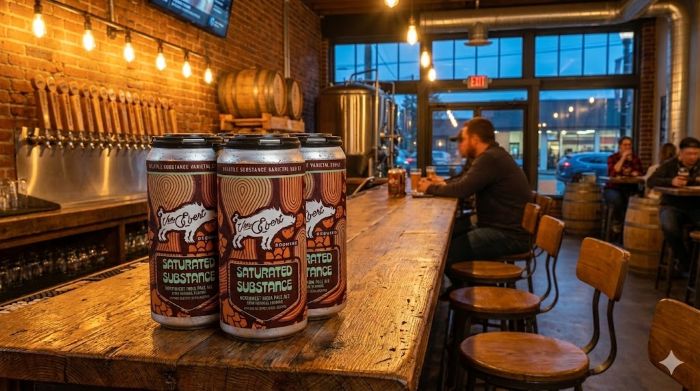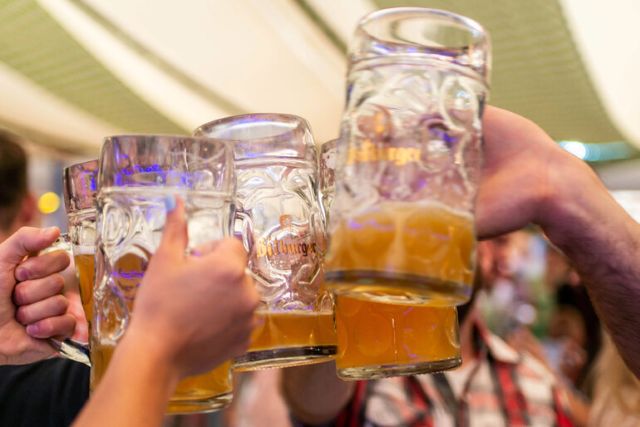Beer Jargon: The Fresh Hop Ale Explained
Beer Jargon: The Fresh Hop Ale Explained
 We sometimes assume that our readers understand most of the beer terminology we use…
We sometimes assume that our readers understand most of the beer terminology we use…
But even after 12 years of publishing at American Craft Beer, we occasionally get blindsided by beer terms we have to look up to be sure that we know what we’re talking about.
Things like the Fresh Hop Ale, and we’ll try to avoid getting too geeky…
A fresh hop ale is a seasonal beer brewed with hops that are harvested and used immediately, often within 24 to 72 hours, without drying. Most other beers use hops that have been dried and processed, but fresh hops create a distinct, vibrant, “green” flavor that is highly prized by craft beer enthusiasts.
Fresh hops vs. conventional hops
The key difference lies in the treatment of the hops after harvest.
- Fresh hops: These hops are used in their natural, undried state, which is also why they are sometimes called “wet hops”. This process is extremely time-sensitive because undried hops spoil quickly, and it typically requires a local brewer to drive directly to a hop farm to collect the recently picked cones.
- Conventional hops: For most of the year, brewers use dried hops that have been processed into pellets or kept as whole cones in cold storage. The drying process removes a majority of the hops’ moisture, allowing them to be preserved and used year-round.
The unique flavor profile
Using hops in their fresh, undried state preserves volatile aromatic oils that are typically lost during the drying process. This results in a distinctive flavor profile that cannot be replicated with conventional hops.
- Bright and green: The flavor is often described as zesty, vibrant, and “green,” sometimes compared to freshly mowed grass.
- Floral and herbal: The flavor and aroma often carry more delicate, complex floral and herbal notes.
- Intense and earthy: In some cases, the higher moisture content of wet hops can lead to more intense, earthy, and vegetal flavors.
The short, seasonal window
Because brewers must use hops immediately after harvest, fresh hop ales are only available for a short period.
- Limited availability: In the northern hemisphere, this seasonal window lasts roughly from late August through October, coinciding with the annual hop harvest.
- Regional focus: While some national brands like Sierra Nevada distribute a fresh hop beer, the style is most prominent in hop-growing regions like the Pacific Northwest, where breweries can source hops directly from local farms.
- Agricultural variation: The flavor of a fresh hop ale can change from year to year depending on the quality of the harvest, making each vintage a unique reflection of that year’s hop crop.
Brewing considerations
Brewing with fresh hops presents unique challenges that require brewers to adapt their techniques.
- Higher volume: Since fresh hops contain more water and are less concentrated than their dried counterparts, brewers must use a much larger volume—sometimes five to ten times as much by weight—to achieve a similar level of flavor and aroma.
- Delicate process: Many brewers prefer to add the hops later in the brewing process, such as during the whirlpool or by “wet dry-hopping” in the fermenter, to avoid extracting overly grassy flavors during a long boil.
###
Want more Beer Jargon?
We’ve got ‘em…

















